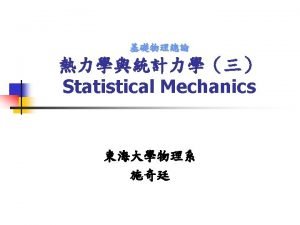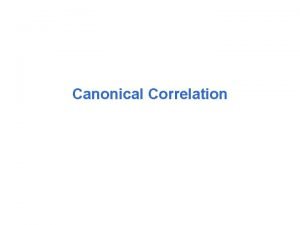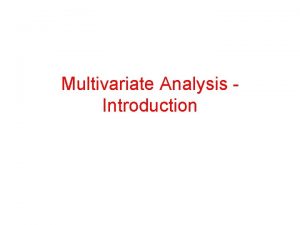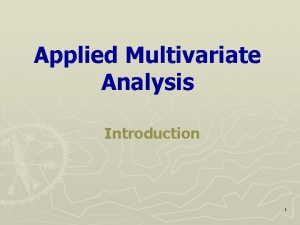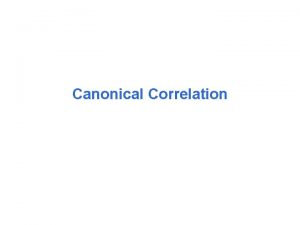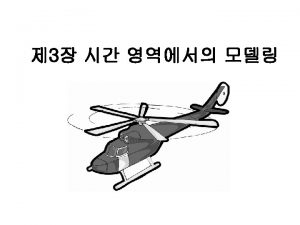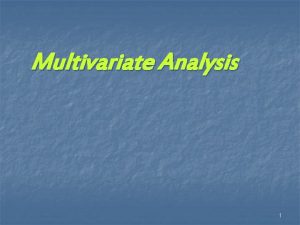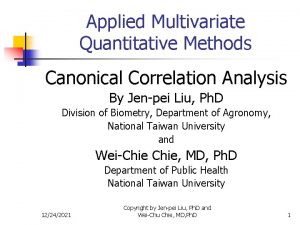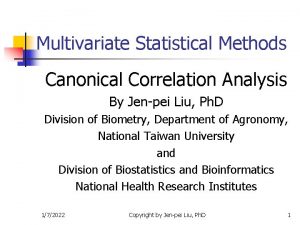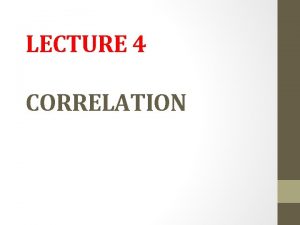Multivariate Data Analysis Chapter 8 Canonical Correlation Analysis








- Slides: 8

Multivariate Data Analysis Chapter 8 - Canonical Correlation Analysis

Chapter 8 n What Is Canonical Correlation? ¨ Interrelationships between sets of multiple independent variables and multiple dependent measures (quantify the strength of the relationship) ¨ General form of canonical analysis n Hypothetical Example of Canonical Correlation ¨ HATCO’s case: credit usage ¨ Table 8. 1 (p. 445) ¨ Canonical coefficient (Rc)

Comparisons with Other Methods n Similar to regression ¨ Quantify the relationship between i. v. s and d. v. s n Corresponds to factor analysis ¨ Create n composites of variables Resembles discriminant analysis ¨ Determine independent dimensions (discrimant functions) for each variable set ¨ Maximize the relationship between i. v. and d. v. sets

Analyzing Relationships with Canonical Correlation n Stage 1: Objectives of Canonical Correlation Analysis ¨ Determine relationships among sets of variables ¨ Achieve maximal correlation ¨ Explain nature of relationships among sets of variables n Stage 2: Designing a Canonical Correlation Analysis ¨ Sample n size Stage 3: 3 Assumptions in Canonical Correlation

Analyzing Relationships with Canonical Correlation (Cont. ) n Stage 4: Deriving the Canonical Functions and Assessing Overall Fit ¨ Deriving n Canonical Variates (Functions) Each of the pairs of variates is orthogonal and independent of all other variates derived from the same set of data ¨ Which Canonical Functions Should Be Interpreted? Level of Significance n Magnitude of the Canonical Relationships n Redundancy Measure of Shared Variance n

Analyzing Relationships with Canonical Correlation (Cont. ) n Stage 5: Interpreting the Canonical Variate ¨ Canonical Weights (standardized coefficients) ¨ Canonical Loadings (structure correlations) ¨ Canonical Cross-Loadings ¨ Which Interpretation Approach to Use n Stage 6: Validation and Diagnosis

An Illustrative Example n n HATCO: 7 attributes (metric i. v. s), 2 measures of efforts (metric d. v. s); 100 customers Stage 1: Objectives of Canonical Correlation Analysis ¨ Identify the relationship between a customer’s perceptions about HATCO and the customers’ level of usage and satisfaction n Stages 2 and 3: Designing a Canonical Correlation Analysis and Testing thee Assumptions ¨ 13 -to-1 ratio of observations to variables; exceeding 10 observations per variables n Stage 4: Deriving the Canonical Functions and Assessing Overall Fit ¨ Statistical and Practical ¨ Redundancy Analysis Significance

An Illustrative Example (Cont. ) n Stage 5: Interpreting the Canonical Variates ¨ Canonical Weights (derive two canonical functions based on Table 8. 5) ¨ Canonical Loadings (Table 8. 6 part I) ¨ Canonical Cross-Loadings (Table 8. 6 part II) n Stage 6: Validation and Diagnosis ¨ Sensitivity n analysis (Table 8. 7) A Managerial Overview (redundancy value > = 0. 75)


